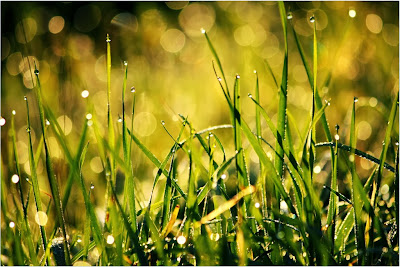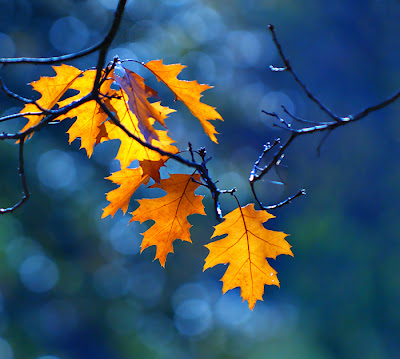Christmas lights have started appearing in home and in the streets, soon they’ll be everywhere, let us discuss how best we could capture these beautiful lights in your pictures. Remember the principle of bokeh is not only for Christmas lights but it is applicable for any point of light within a frame which is out of focus but since it's Christmas time lets try the trick on our Christmas lights.
 |
| Photo by: Natalie |
What is Bokeh in Photography?
Bokeh is a Japanese word which literally translates as “blur”. Bokeh is described as the aesthetic quality of the out of focus areas in a picture.
 |
| Photo by: Margot Gabel |
It is how the camera lens renders points of light in a scene which are not in focus.
How to capture Bokeh in Photos?
In order to capture great bokeh in your photographs you need to have a subject in the foreground which will be the point of focus and points of light further back from the subject. The larger the lens opening (aperture) the larger the bokeh orbs will be. Similarly the farther the light sources are from the subject the larger the bokeh orbs will be.
 |
| Photo by: David Yu |
It is also possible to make bokeh of light sources in the foreground that is closer to the camera than the subject in focus, the same rules apply – farther the light sources from the subject (closer to the camera) larger the bokeh orbs and vice versa.
Achieving Bokeh in Your Images
1. Use your Fastest Lens to Shoot Pictures with Great Bokeh
 |
| Photo by: Viola |
To get great bokeh in your photographs you need to use the fastest lens in your arsenal. The faster the better; in general a lens with maximum aperture of f/2.8 or wider is the ideal weapon.
2. Prime Lenses are an all time favorite of photographers for shooting bokeh
 |
| Photo by: Piero Fissore |
Typically prime lenses (fixed focal length lenses) have less number of lens elements in them, they are faster than zooms of equivalent focal lengths and produce great bokeh and as a result they are an all time favorite among photographers who strive to achieve the bokeh effect in their pictures.
3. Shoot at your lenses maximum aperture
 |
| Photo by: Open Arms |
To maximize the effect of bokeh in your photographs shoot wide open; for example if your lens has a maximum aperture of f/1.4 then shoot at f/1.4 and if your lenses maximum aperture is f/2.8 then shoot at f/2.8. Closing down your lens aperture (using narrower apertures) will also reduce the size of the bokeh orbs in your photographs.
4. Shoot in Aperture Priority or Manual Mode
 |
| Photo by: Edgar Barany C |
Both Aperture priority and Manual mode gives you complete control over your aperture settings so they are the best shooting modes for capturing bokeh. Aperture priority is the easiest mode to work with as the camera will select the required shutter speed automatically, but Manual mode gives you complete control over the look and feel of your shots.
5. What if I don’t Have a fast lens?
 |
| Photo by: Bethan Phillips |
Having a fast lens would have made things easier but even without one you can create some very nice bokeh in your photographs. What you need to do is to increase the distance from the subject that is in focus in your shot to the background. When the distance between the subject and the background increases, the depth of field decreases and as a result more blur (read bokeh) is recorded in the background. To do this you have to move in close to your subject.
Post a Comment